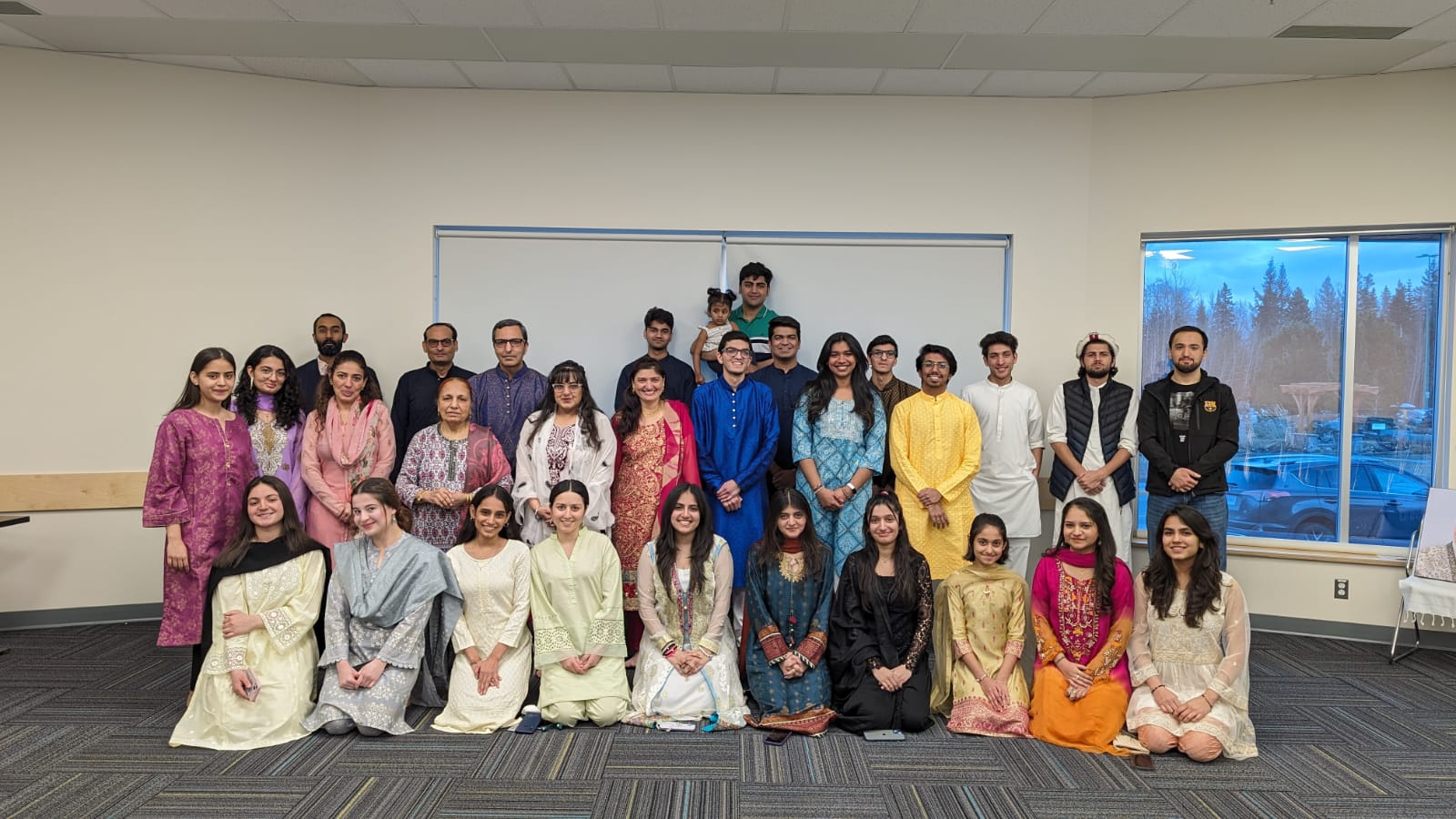Yoga is a practice that originated in ancient India about 5,000 years ago. Today, many other cultures accept yoga as another popular form of workout. When I went to my first yoga class, I had a rough idea that yoga was about performing certain poses or sitting in a stance for several hours. What I did not know was the purpose behind the movements and what they truly meant. As I started to go to more classes, I learned about distinct types of yoga, each with a specific motive, but more importantly, every kind with a common goal of connecting to the higher authority. From one of the instructors, I found out that people often don’t understand the true meaning of traditional yoga practices.
Nowadays, yoga is the subject of rapid growth around the world. For example, in Canada, as much as 21% of people claim to practice yoga. Furthermore, it is expected that the number will continue to grow, and more people will be involved in yoga. However, the growth of popularity among people in the West also spreads the misconception about the actual meaning of the practice.
Many Canadians believe that physical postures and exercises are the core elements of yoga, ignorant of the actual values and meaning of Indian traditional yoga. An excellent example of such misconception is an interview with Hilaria Baldwin, an actress and a famous “yoga star.” In one of her interviews, Hilaria talks about how being in her early thirties, she can still find her Zen while raising two kids and describes her relationship with her husband as “yin and yang.” While checking Hilaria’s social media profiles, you will find that her interest in practicing yoga is purely physical rather than an act of spiritual or mental development. Hilaria and, most likely, her almost three hundred thousand Instagram followers represent unawareness towards the values and behaviour of Indian Traditional yoga. Meanwhile, authentic yoga is a practice of focus and meditation. So, what is the difference between popular social media yoga and authentic yoga? And why should one care? Below are some core differences.
Meaning
First of all, traditional yoga is a group of spiritual, mental, and physical disciplines that originated in India. It can be traced back to 2700 B.C., initially practiced by the Indus Sarasvati Valley civilization (Basavaraddi). According to Georg Feuerstein, an author of over forty-five books specializing in yoga, “It is a path that seeks to guide us to our true nature that lies beyond the restraining concerns of religion and philosophy.” Also, self-awareness and self-realization are the foremost motives of traditional yoga disciplines that can be attained by practicing any of the distinct types: Bhakti yoga, Hatha yoga, Japa yoga, Karma yoga, Jnana yoga, Kriya yoga, Kundalini yoga, etc.
Contrarily, the Western yoga culture, or the “Modern” yoga, solely focuses on a sub-category of one type of yoga; Raja yoga. Hatha yoga, the sub-category, emphasizes physical exercises or asanas (poses) to master the body and some mental activities to withdraw it from external objects (Maheshwarananda). It has been almost a hundred years since Swami Vivekananda introduced yoga to the western world in 1893 (Hammond). In other words, “yoga is not a physical system with a spiritual component, but a spiritual system with a physical component” (Bharati).
Values
The values of a culture can be determined by the goals it aims to achieve. In the case of yoga, the ultimate objective of Indian traditional yoga is to obtain moksha – conscious recognition of one’s divinity, liberation, enlightenment, and freedom from the circle of death and birth. It represents the recognition of the existence of a supreme power residing within us through various techniques. For example, Jnana yoga is all about attempting to find an understanding of your true nature without changing body positions. Thus, the values of authentic Indian traditional yoga represent something spiritual and bigger than our own selves. In contrast, the practice of American yoga culture is mainly confined to the physical self.
Because of its multiple merits, such as injury prevention or recovery, stress relief, improving strength and flexibility, and detoxification of the body, American culture has adopted yoga. Indeed, fitness professionals ranked yoga among the top-ten trends for 2014 and 2015 in surveys for the American College of Sports Medicine. But, sadly, the obsession with physical benefits rather than considering the spiritual aspect makes yoga another example of cultural appropriation.
Behaviour
Quite often, when talking about yoga, especially to people new to it, most think of the practice as another way of training your body by holding new challenging postures. However, these postures, aka “asanas,” weren’t even a part of yoga until Patanjali wrote the Yoga Sutras (200 BCE). He incorporated poses to discipline the body and to create a body and conscious connection. In ancient yoga practices, asanas were just one of the tools to achieve the primary goal of practice. In India, you can still see people practicing yoga in a community garden collectively without any charges. It is believed that yoga is something that should be available to everyone.
Why Does it Matter?
While there is nothing wrong with practicing yoga for its health benefits, it is much more beneficial to understand its true meaning. When we embrace the true meaning of yoga, it can help us cultivate a more profound sense of purpose, reduce stress and anxiety, and improve our relationships with others. Additionally, by understanding yoga’s spiritual and philosophical aspects, we can gain a deeper appreciation for the practice and its impact on our lives. Whether yo are practicing yoga for physical health or personal growth, understanding its true meaning can enhance your experience and deepen your connection to the practice.





